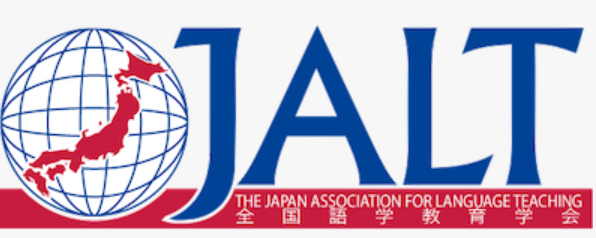
Greening ELT 2 : The JALT Environmental Committee
JALT was formed in 1975. It has 32 regional chapters and 28 Special Interest Groups (SIGs) and presently has a membership of 2,598 (April 2019). Most chapters hold six to eight meetings a year whilst several of the SIGs hold annual or bi-annual conferences. However, the two biggest conferences are the International, and the PanSIG Conferences which are usually held in November and May of each year.
The Environmental Committee was formed in 2013 following a letter to the JALT Board of Directors enquiring about the sustainability of the paper used in it’s main publication the Language Teacher (TLT). Subsequently it was agreed to use some recycled paper from 2014. The committee has been involved in both major conferences since 2015.
Current Environmental Committee chair Jennie Roloff Rothman.
Committee members Mark Brierley, Brent Simmonds and Jamie Taylor
Time frame
2013 Letter to JALT BOD regarding paper followed by the establishment of the committee
2014 Tsukuba JALT International Conference: Badge Collection points introduced
2015 Kobe City University PanSIG: Environment officer appointed for the first time. We introduced an optional environmental levy to cover carbon offsets, and organised the bar at the Saturday event. We tried to use cups made from bamboo fibre but unfortunately, they were unsuitable.
2016 Nagoya JALT International Conference: Helped run the coffee stand using fair-trade coffee. We sourced biodegradable cups and sustainable stirrers. Unfortunately due to health regulations we had to use small milk cartons.
2017 Tsukuba JALT International Conference: Assumed responsibility for trash collection. We were able to sort trash and take it to a local recycling centre at a supermarket.
Green Jalter poster: The post conference survey included questions to help calculate the carbon footprint.
2018 Tokyo PanSIG: Set out environmental initiatives which included, travel mugs for plenary speakers, forgoing conference bags, handbook opt outs, asking poster presenters to use sustainable material and volunteer t-shirts made from recycled textiles.
2018 Shizuoka JALT International Conference Calculated a more accurate carbon footprint.
Carbon footprint
We have tried to calculate the conferences carbon footprint using myclimate’s carbon footprint event calculator. We have gradually added information requests from conference registration to help and conducted a post conference survey. Our calculations varied significantly as we have more statistics become available however, it has always increased. Our estimate for the 2018 International conference was nearly 800 tonnes. We have been able to gather more data from the PanSigs, from 2014-2018 the average carbon footprint was 0.25 tonnes of CO2 however the figure rose to 0.48 per person when a high proportion flew to our 2016 conference.
Environment levy/ Carbon offsetting
An Environment levy has been an option on the registration form at both conferences since 2015. We have used my climate transfer of money was overseen by a representative from TESOL International’s Social Responsibility Group. We were able to offset 23% of the 2016 PanSIG carbon footprint but in the three other years of the environmental levy only 12,12 and 6%. The ratio for the International conference is a lot lower.
Problems
- Sourcing material
- Each conference site has different rules and regulations
- Volunteers
- People request things at short notice
- Environmental offset donations have been generally low
- People seem keen and understand the need for action but once the conversation changes they forget the environment. For example, talking about the need to reduce water, then going to Costco to buy some because it’s cheaper.
- It is easy to assume everyone is concerned about the environment and that initiatives will be carried forward. Conference organizers need reminding.
The following links may be helpful
- Carbon Emissions per Country (World Bank)
- Carbon Offset certification schemes
- Green JALT blogspot
- David Suzuki Foundation
- Environmental Initiatives at PanSIG 2018.
References
- Carbon Offset Report 2015
- The Japan Association for Language Teaching (JALT)
- My Climate
- Greening PanSIG. The 2015 PanSIG Journal, pp. 23-30 by Brierley, Simmonds, Takeuchi, Hourdequin, & Pritchard
- PanSIG carbon footprint

